When looking at Victorian era characteristics, it is important to look at all aspects of Victorian Britain. That includes society, daily life, scientific progress and both positive and negative characteristics.
Queen Victoria after whom the period between 1837 to 1901 has been referred to as the Victorian Era was a landmark period in the history of the Great Britain. Prior to this period was the Georgian period and succeeded by the Edwardian period. This period brought about the much-needed prosperity in the Great Britain. Hence, this period is also called as the Golden period in the British history.
Characteristics of Victorian Britain
Victorian Era characteristics: Britain becomes powerful and rich
The Victorian stands as a landmark for several reasons. First and foremost, it was during the same period that England became the world’s most powerful and richest countries by ruling a quarter of the world’s population thereby having the largest empire. Also, the demand for goods like food, clothes, and housing increased substantially as a consequence of the increase in population from 16 million to 37 million.
The two major reasons for the same were: fertility rate which was due to the improved standard of living of the people as a result of which the number of women who could have children increased while mortality rate lowered as there was no epidemic and also because the health facilities got better.
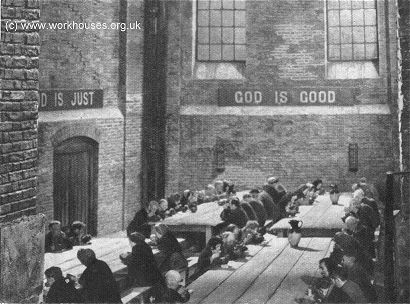
Britain becomes industrialised
Another Victorian era characteristic was the industrialisation of Britain.
A number of factories sprawled up leading to vast improvements in the living as well as working standards of the people. This also resulted in the emergence of various towns. Railways were constructed which replaced the traditional horse-drawn carriages as a mode of transport.
Apart from this, a lot of scientific inventions took place like the telephone, the radio, railways, sewing machines etc were invented.
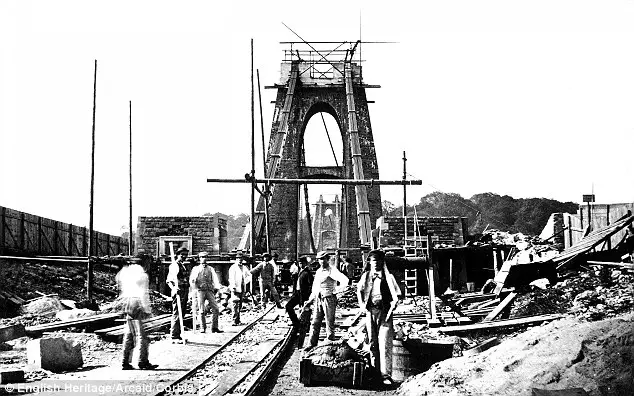
Victorian Era characteristics: Architecture, art, and culture
Culture, as well as architecture, flourished during this period. The Gothic Revival architecture was noteworthy resulting in the clash between Gothic and classical ideals. Additionally, in 1851, the Great Exhibition which displayed the best innovations of the 19th century was also organized which was the first of its kind.
Photography also emerged during this period, the first photograph being that of Queen Victoria herself. She became the first monarch to be photographed. Post-mortem photography was another key feature of the Victorian age.
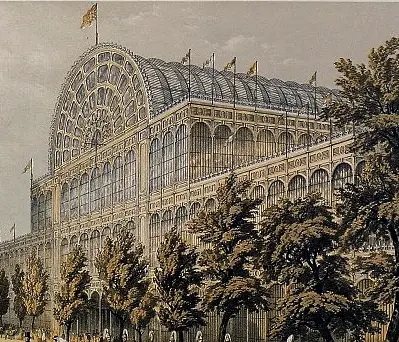
Music also became immensely popular during this period. Brass bands and The Bandstand became well known. Music recording during this time was an unusual concept. The usual picture was the sound of the brass band being played while people walked leisurely through parklands.
Improved communication and transport was a distinctive feature
An important characteristic of this period was the advancement in the different modes of communication as well. Goods could now easily be transported by steamships and railways which resulted in facilitating trade. Steamships further, also contributed to making international travel popular. Additionally, even cinema, telephone, telegraph, cars, and aircraft gave a boost to Britains economy.
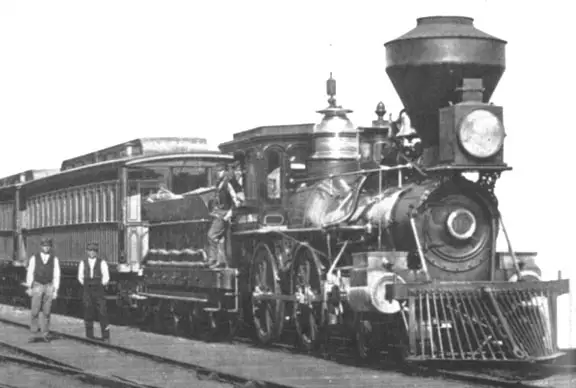
Victorian era characteristics: Scientific progress
Queen Victoria’s regime witnessed the progress of science by leaps and bounds. Ether and chloroform started being used as anesthetics. These anesthetics were also used in cases of dentist treatments where there is a lot of pain involved. Apart from this, even antiseptics were introduced which were in the form of Carbolic acid (phenol).
Though this era is a landmark one for countless things, yet this era also witnessed the darker side of such a rapid progress.
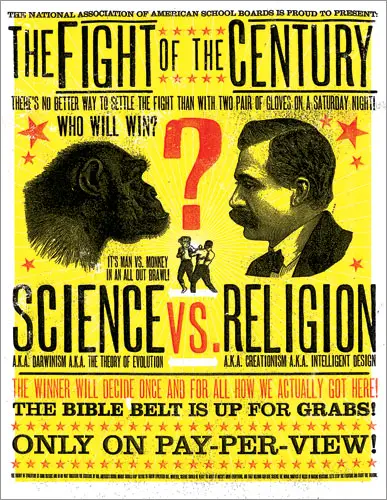
Not so good characteristics of Victorian England
Poverty increased substantially since population increased which made a large number of skilled and unskilled people keeping their wages to a bare minimum. Also, housing became difficult thereby resulting in overcrowding and development of slums.
Additionally, this era was also famous for the rising rate of child labor in mines and factories. From the tender ages of three, children were made to work for 16 hours a day.
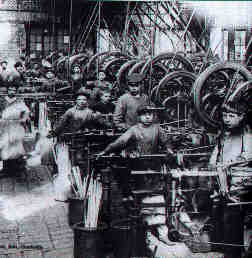
Lastly, the Great Britain was also struck by The Great Social Evil which was none other than prostitution. Due to the economic hardships suffered, women started getting into this business. In London, particularly, it was reported that the age of the girls who entered this business was ranged from 15 to 22.
Thus, this period can be very aptly described as the most dynamic period in the history of Great Britain since on one hand, this period reaped the golden fruits of science and technology but on the other hand, this period also marked the birth of various social evils.
There are more characteristics of Victorian society.